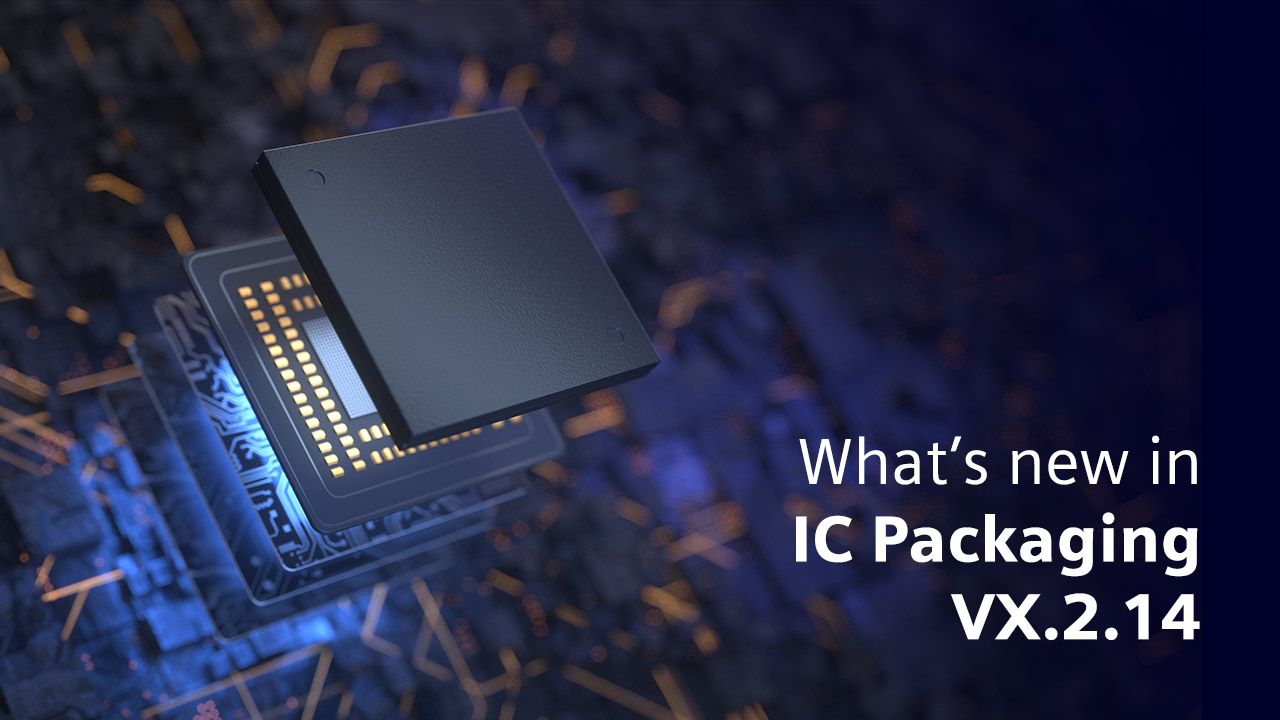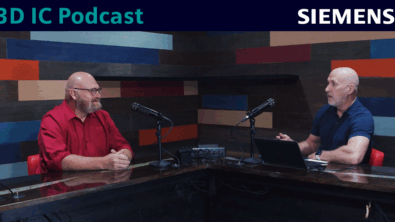What’s new in Xpedition IC Packaging VX.2.14

The new VX.2.14 release of Xpedition IC Packaging includes improvements and enhancements to both Xpedition Substrate Integrator and Xpedition Package Designer.
Improvements to Xpedition Substrate Integrator include:
Support for fiducials and mechanical parts
Typically, fiducials are used to help guide assembly machines, but they can also help with placement during floor planning which can be beneficial for packages with multiple chiplets and discretes. They can be created interactively or read from the library. Multiple styles and shapes are supported.
Import of die-to-die wirebonds
With multi die/chiplet heterogenous integration, packages become larger and generate more heat. So during floor planning it’s important to model and place mechanical objects such as substrate stiffeners, and thermal management objects such as heat spreaders or TIMs. These can either be created within to Xpedition Substrate Integrator or imported from the library. Bi-directional integration with NX using IDX is enabled through the Xpedition library tools.
Dual sided embedded die objects
Embedded dual side die objects can also represent passive interposers such as embedded interface bridges. Xpedition Substrate Integrator now has a dedicated database object for such items removing the need for previous workarounds improving productivity. Bidirectional support with Xpedition Package Designer allows for engineering change orders.
Signal copy/paste automation
Developed in collaboration with a leading IDM, a new way of generating signal and/or nets is now available to speed up the process of designing ASICs, chiplets and interposers. This capability takes minutes to do what used to take hours.
It also lets the designer copy color schemes for signals and propagate them across devices.
Interactive route sketch planning
Interactive sketch plan creation and editing during floor planning delivers graphical data-path planning with sketch plan length reporting. It enables designers to easily explore available route channels and optimize device placement to create an optimized floorplan.
Smart pin/bump color propagation
Paste signal colors from source device to target devices providing design consistency enables very fast connectivity creation in high complexity packages.
Improvements to Xpedition Package designer include:
Physical reuse block/module instance replace and mirroring
Physical Design Reuse is a very powerful capability for design containing replicated circuitry. At this year’s User2User conference a customer presented a case study where they achieved 25-75% productivity in using Physical Reuse over traditional copy/paste methods. This extends that capability and benefit further by enabling instance block or module replacement as well as the ability to mirror blocks or circuits.
Internal device connectivity tracking
Dual sided die and passive interposers commonly have internal netlists between their external pins/pads on both sides which cannot typically be seen or traced. This new capability provides the designer with system-level connectivity tracing that can enable smarter net assignments and mitigate the risk of connectivity errors.
Route escape creation for sketch plans
Create and optimize route escapes from components to the edge of a sketch plan, which allows the designer to reduce routing length and improve bus routing percentages by ensuring all pins can be routed to the edge of the Sketch Plan.
Solder mask import via ODB++
ODB++ import into xPD has been enhanced to now read the soldermask layer, this will enable OSATs optimize yield without needing to have the actual design database.
Overall, VX.2.14 delivers advanced capabilities that will help you increase your productivity and quality of results.


